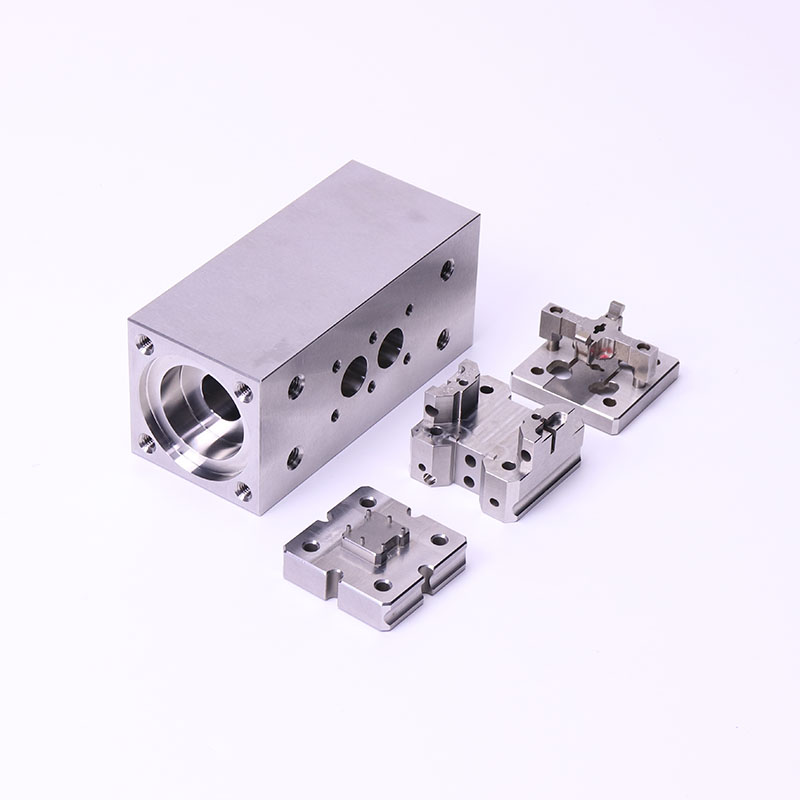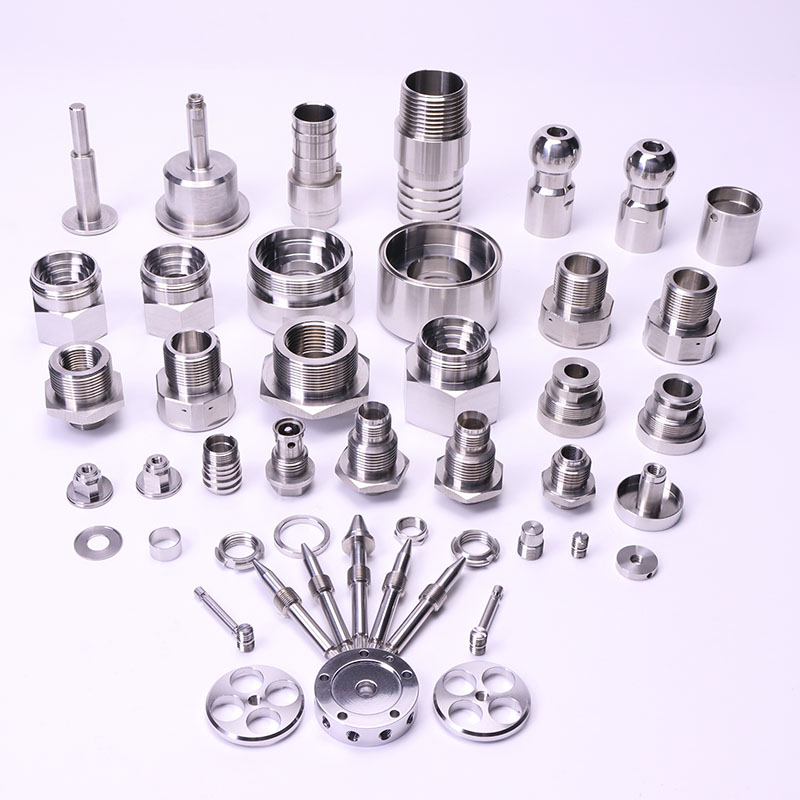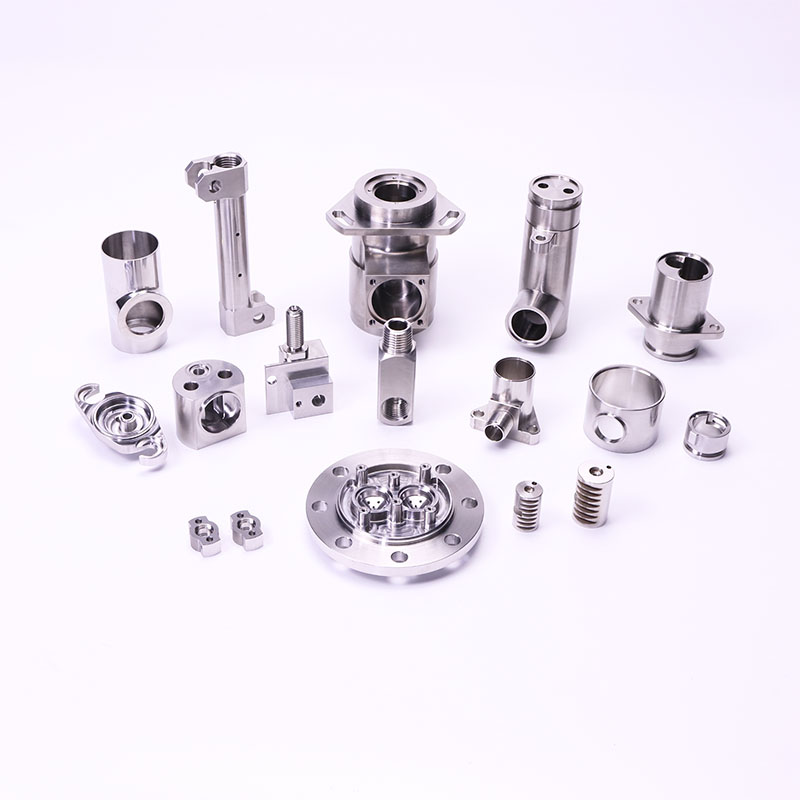Abstract
In today’s hyper-competitive manufacturing landscape, businesses worldwide are asking: Which country is best for CNC machining? China’s CNC machining services have emerged as a global benchmark, combining precision engineering, cost efficiency, and unmatched scalability. This article explores the technical, economic, and strategic advantages of partnering with Chinese manufacturers like Xiamen Prime Kunwu Industrial Co., Ltd., backed by industry data, case studies, and forward-looking insights.
Introduction
The demand for high-precision, cost-effective manufacturing has never been greater. From aerospace components to medical devices, industries rely on CNC (Computer Numerical Control) machining to deliver complex parts with micron-level accuracy. While countries like the U.S., Germany, and Japan have long dominated this field, China’s CNC machining services are redefining global standards. But why? Let’s dissect the factors positioning China as the go-to hub for CNC solutions.
1. Why China Dominates the CNC Machining Landscape
1.1 Cost Efficiency Without Compromising Quality
Labor and Operational Savings: Chinese manufacturers offer labor costs 30–50% lower than Western counterparts (Boston Consulting Group, 2023), without sacrificing quality.
Material Sourcing Advantages: Proximity to raw material suppliers like aluminum and titanium reduces lead times by 15–20%.
Case Study: A European automotive supplier reduced per-unit costs by 40% by shifting production to a Shenzhen-based CNC partner, maintaining ISO 9001-certified tolerances of ±0.005 mm.
1.2 Technological Leapfrogging
Advanced Machinery: Over 60% of China’s CNC facilities now use 5-axis machines and AI-driven quality control systems (McKinsey, 2022).
R&D Investments: China’s annual R&D spending in advanced manufacturing grew by 12% YoY, outpacing the U.S. and EU (World Bank, 2023).
Example: A Shanghai-based firm developed hybrid CNC-laser systems for aerospace turbine blades, cutting machining time by 25%.
1.3 Scalability and Supply Chain Agility
Rapid Prototyping to Mass Production: Chinese factories seamlessly transition from 10-unit prototypes to 100,000-unit batches.
Integrated Ecosystems: Clusters in Guangdong and Jiangsu offer end-to-end solutions, from forging to surface treatment.
Data Point: During the 2022 semiconductor shortage, a U.S. robotics company pivoted to a Ningbo CNC supplier, reducing delivery delays by 34%.
2. How to Choose the Right China CNC Machining Service Partner
2.1 Certifications and Compliance
Look for ISO 9001, AS9100, or IATF 16949 certifications.
Verify compliance with REACH and RoHS for EU/U.S. markets.
2.2 Technical Capability Assessment
Evaluate machine portfolios (e.g., Swiss-type lathes for medical parts).
Request sample parts with CMM (Coordinate Measuring Machine) reports.
2.3 Communication and IP Protection
Ensure bilingual project managers and NDAs.
Case Study: A German medtech firm avoided IP leaks using encrypted CAD file sharing with its Dongguan partner.
3. The Future of CNC Machining: Trends Shaping 2024 and Beyond
3.1 Smart Factories and IoT Integration
Predictive maintenance sensors now reduce machine downtime by 18% (Deloitte, 2023).
3.2 Sustainable Manufacturing
Chinese CNC leaders like Prime Kunwu recycle 92% of metal waste and use carbon-neutral energy.
3.3 Hybrid Additive-Subtractive Systems
Combining 3D printing with CNC machining cuts material waste by 50% (MIT Technology Review).
4. Conclusion
China’s CNC machining services are no longer just a low-cost alternative—they’re a strategic asset for global manufacturers. By leveraging cutting-edge technology, agile supply chains, and deep engineering expertise, companies like Xiamen Prime Kunwu Industrial Co., Ltd. deliver solutions that outperform traditional hubs. As Industry 4.0 accelerates, China’s role as the CNC machining powerhouse will only deepen.
References
Boston Consulting Group. (2023). Global Manufacturing Cost Competitiveness Index.
McKinsey & Company. (2022). The Rise of AI in Advanced Manufacturing.
World Bank. (2023). R&D Expenditure Trends: East vs. West.
Deloitte. (2023). Smart Factory Adoption in Asia.
FAQs
Q1: Why is China CNC machining service cheaper than Western countries?
Lower labor costs (30–50% savings), efficient material sourcing, and economies of scale make China CNC machining highly cost-effective without quality compromise (Boston Consulting Group).
Q2: How to ensure quality in China CNC machining service?
A: Verify ISO 9001/AS9100 certifications, request CMM reports, and review case studies like the European automotive project with ±0.005mm accuracy.
Q3: What industries benefit most from China CNC machining?
A: Automotive, aerospace, and medical sectors leverage China’s 5-axis machines and rapid prototyping, as seen in turbine blade and robotics projects.
Q4: How fast is China CNC machining service delivery?
A: Integrated supply chains in Guangdong/Jiangsu reduce lead times by 15–20%, proven during the 2022 semiconductor shortage with 34% faster delivery.
Q5: Is intellectual property safe with China CNC partners?
A: Reputable providers like Prime Kunwu use NDAs, encrypted CAD transfers, and comply with international IP laws, as demonstrated by German medtech collaborations.
Contact Info
Mr. Brook Lin
Job Title: Sales manager
E-mail: [email protected]
Mob/WhatsApp:+86 13599927066
Wechat:+86 13599927066 Skype:+86 13599927066
Country/Region: China (Mainland) Province/State: Fujian
Operational Address: Building 172, Tongan Industrial Zone, Tongan Area, Xiamen, Fujian, China (Mainland) Zip: 361100










